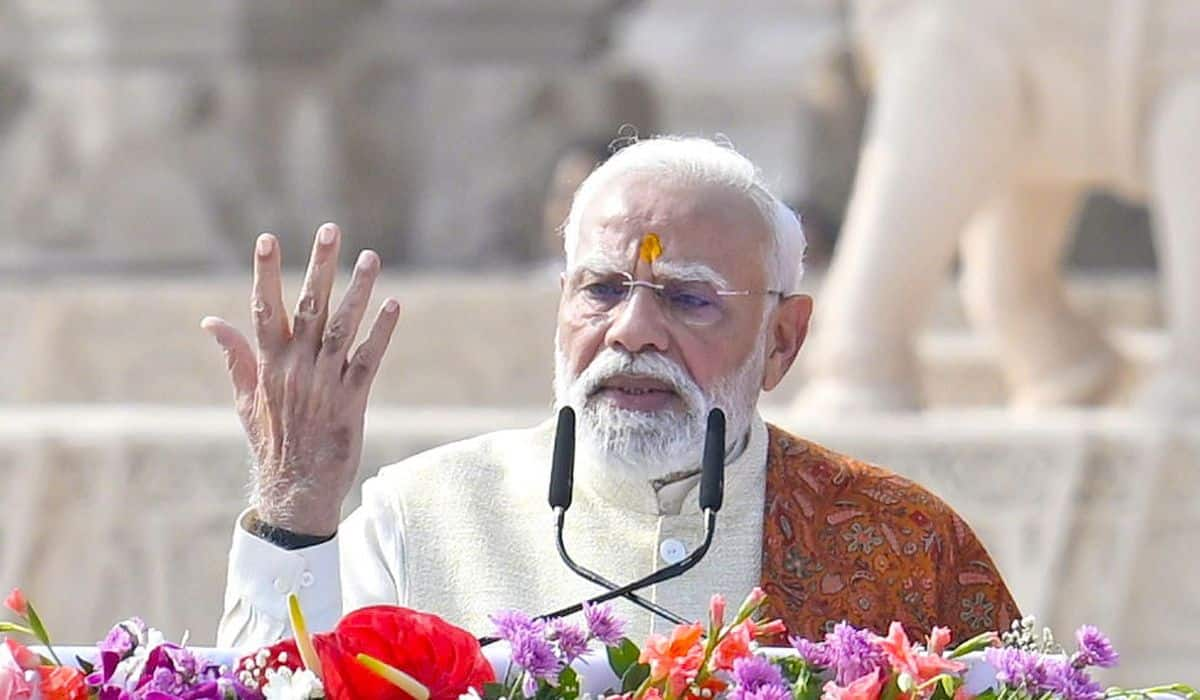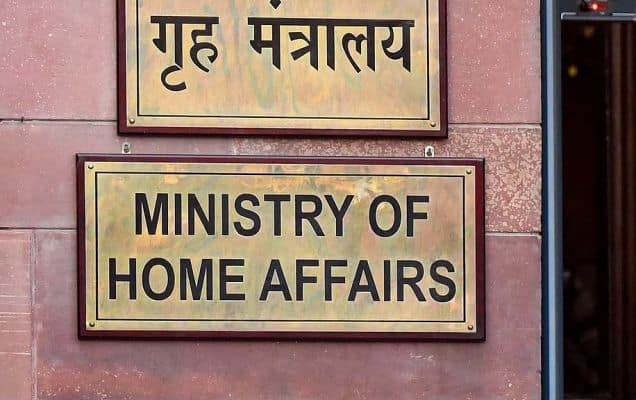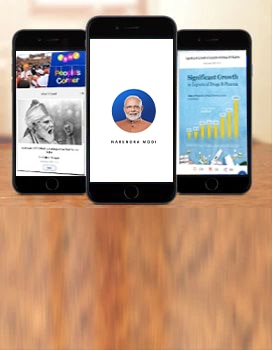Varanasi embodies the cultural diversity of India. That is the reason why Varanasi forms an important aspect in Prime Minister NarendraModi’s foreign policy. He even mentions about Varanasi whenever he pays a visit abroad.
After assuming office as the Prime Minister of India, NarendraModi paid his first international visit to Bhutan. Soon after, Bhutan's King KhesarNamgyelWangchuckJingme along with Queen PemaWangchukJetson, paid a visit to Varanasi in October 2014. In January 2015 too, Prime Minister of Bhutan TsheringTobgay was on a state visit to India and visited Varanasi on invitation by Prime Minister NarendraModi.

TsheringTobgay offered prayers at River Ganga and wrote in the visitors’ diary- “My dream was fulfilled after worshipping the holy river Ganga.”
PashupatiNath via Vishwanath
Prime Minister NarendraModi, during his visit to Nepal, keeping Varanasi as central, highlighted the cultural bond that both India and Nepal share. On his first visit to Kathmandu in August 2014, the Prime Minister wrote in the visitors’ diary that both PashupatiNath and KashiVishwanath temples seem alike.

While addressing the Constitutional Assembly of Nepal, NarendraModi said, “I began my journey from Varanasi and today I am here at PashupatiNath to seek His blessings...so when I became the representative of Kashi, there was an instant sense of connection with Nepal as there is a temple in Kashi where priest is from Nepal... and in PashupatiNath, the priest is from India.”
Kathmandu via Varanasi
During the Prime Minister’s first visit to Nepal, a new bus service from Kathmandu to Varanasi was announced and upon his second visit, a Kathmandu-Varanasi twin city pact was signed.

With the new pact it would be easier to exchange culture, information and expertise as well as strengthen people to people contacts. In the meantime, President of Nepal, Dr. Ram BaranYadav visited Varanasi in December 2014.
Varanasi just like Kyoto
Prime Minister NarendraModi began his Japan visit from the city of Kyoto in August 2014 with intent to establish a pact between Varanasi and Kyoto. While speaking to the Indian Community there, the Prime Minister said, “I am born in Gujarat but nowadays am serving Kashi. Varanasi is considered to be older than Vedic Yuga, Kyoto is ancient too. There are thousands of temples here. This city is modernised yet it retains its spirituality. I have always had a feeling...is the same not possible with Varanasi?”
He further added, “that is why I took out some time to be spent in Kyoto...representing Varanasi, I have always had a dream to do something for the place.”
Development along with Heritage
An agreement was signed between the two countries aimed at the preservation of monuments and the development of modern urban amenities in Varanasi on the lines of Kyoto after Prime Minister’s visit to Japan. For the transformation of Varanasi as Smart City, Japan would provide assistance for sanitation, public transport, power supply and infrastructure. Deputy Mayor of Kyoto, Kenichi Ogaswara has already paid a visit to Varanasi in this regard.

Japanese Prime Minister, Shinzo Abe has also assured Prime Minister NarendraModi to lend full support on this. Also, Japan International Corporation (JIC) has given an aid of Rs. 496.90 crore for cleaning of River Ganga.
Australia and Fiji tour
When Prime Minister NarendraModi met Shinzo Abe in Australia during the G-20 Summit, he expressed his desire to rejuvenate Varanasi. Abe too committed for extending full support. NarendraModi also gifted Australian Prime Minister, Tony Abbott a collage of John Lang, who fought a case for Rani Lakshmibai. The Prime Minister also told Abbott that Rani Lakshmibai was born at ManikarnikaGhat in Varanasi.

NarendraModi’s visit to Fiji was the most anticipated one. There is a large number of Indian Community residing in Fiji, most of them belonging to Purvanchal (East) who went there thousands of years ago as workers or laborers. It was a historic visit as he became the first Indian Prime Minister to travel all the way to Fiji in 33 years!
America gets a tinge of Banaras
Recently, President of the United States, Barack Obama along with First lady, Michelle Obama paid a state visit to India at the time of Republic Day. Clean Ganga Project and Smart City in Allahabad projects were signed during Barack Obama’s visit to India that would give a boost to development in the Puvanchal.
Frank Islam, an American businessman of Indian origin who was a part of Obama’s delegation, informed that President Obama wished to develop an IT hub in Varanasi. President of the US and Prime Minister NarendraModi held extensive talks regarding cleaning of River Ganga and beautification of the Riverfront.
Lord Shiva says in a Shloka of SkandaPurana, “Teenolokon se samahiteksheherhaiKashi, jismestithmeranivaaspraasaadhai”, which means “Kashi is the place where heaven, earth and inferno exist and my palace is vested there.” In his tenure of nine months, PM NarendraModi justified the dictum by extending the glory of Kashi in the three Lokas.













